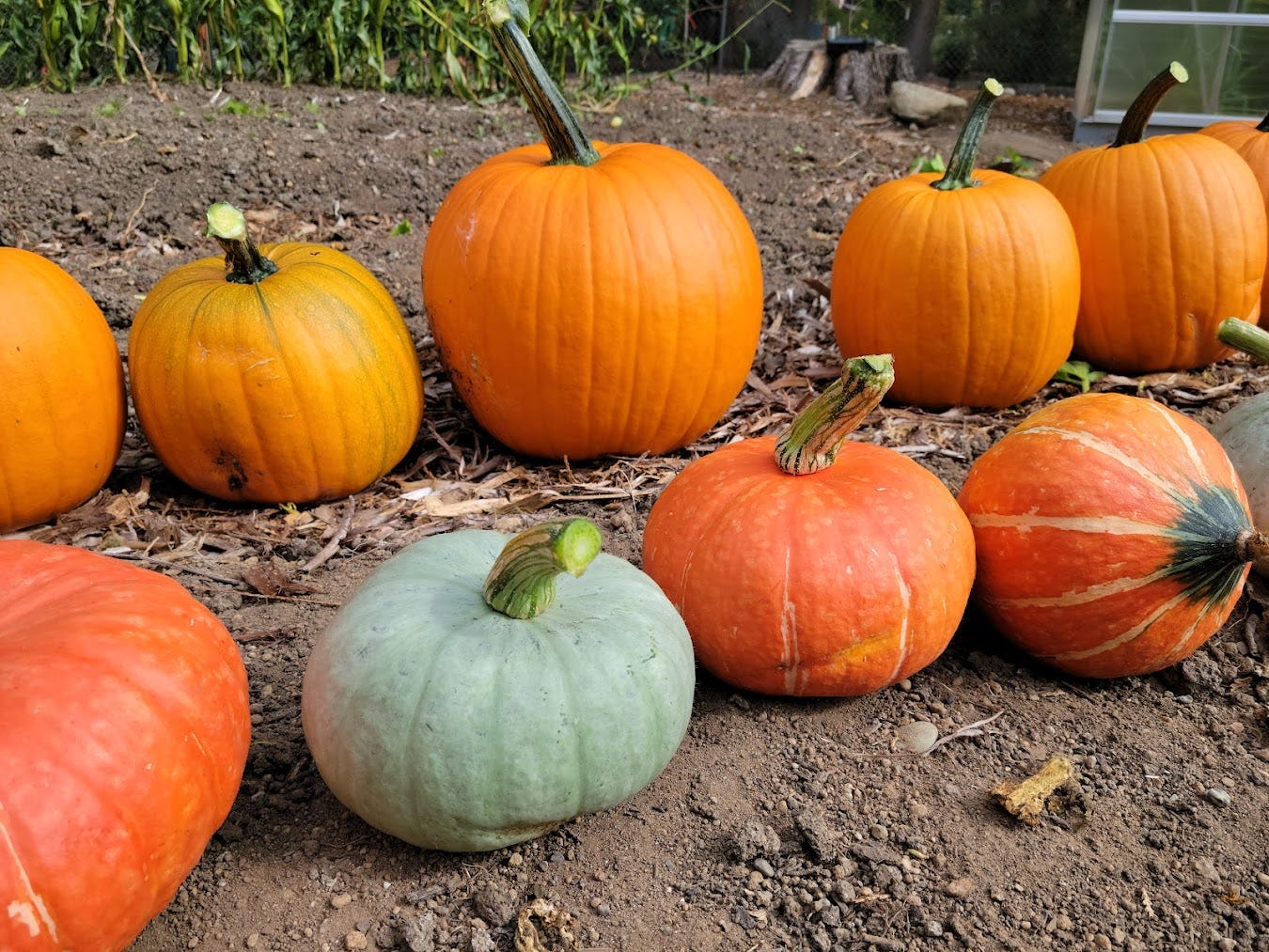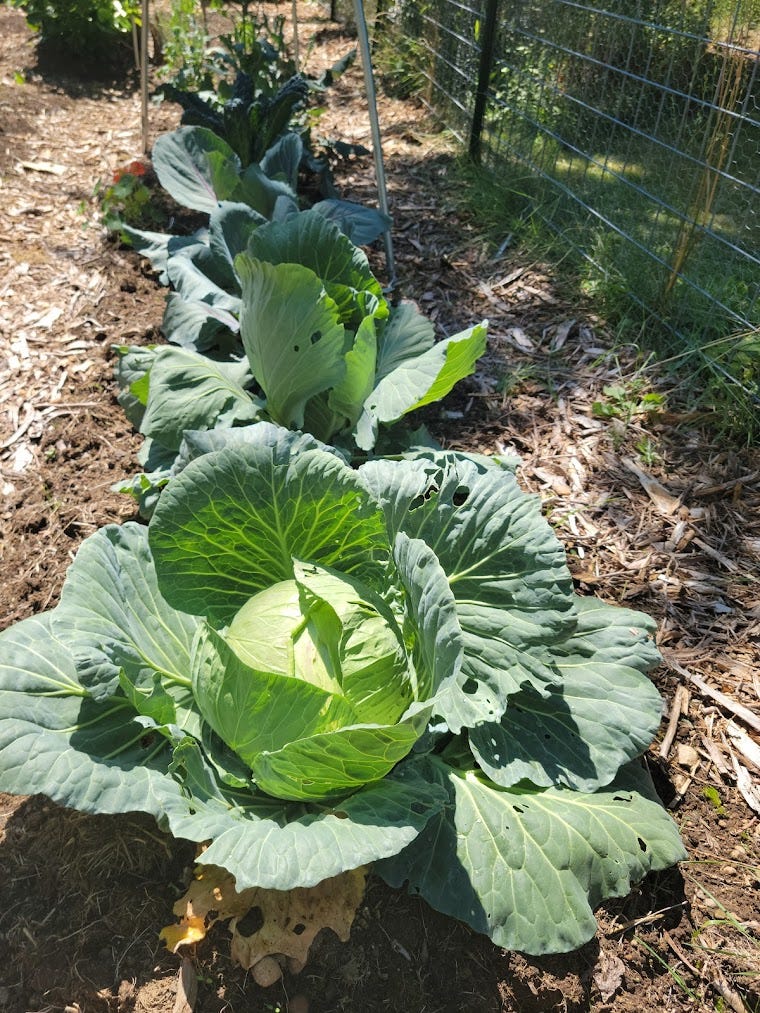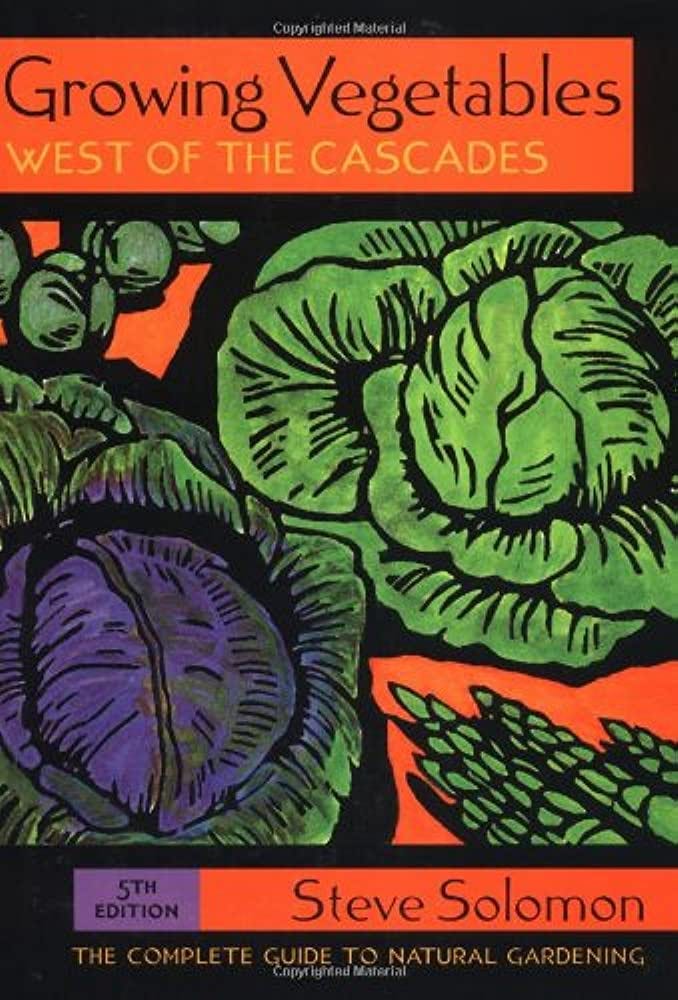Please Stop Composting
You cannot grow if all you do is stay in your own garden
I have gardened for many years, but the bulk of them have been in Washington State, here in the Pacific Northwest, where winters are cool and wet and summers are… cool and less wet. It takes a particular type of stubborn to grow a vegetable garden in an environment that gets little to no rain all summer long but also has a very brief summer in which to get things to mature. We often don’t see any real warm weather until the 5th of July (which is why scheduling a barbecue for Independence Day is tricky), and the autumn wind and rain start up very predictably in mid-October.
Most of my early gardening know-how came from P-Patches in Seattle. They rent out very small plots to urban growers, and all of the gardens are managed by volunteers. One of my first work parties taught me everything I needed to know about composting.1
Oh yes, most gardeners know how important composting is.
Lots of brown stuff, a little green stuff, add some water, provide air flow, turn regularly. Maybe use a thermometer. Watch out for slugs and mice in the pile.
As soon as I had my own space to grow a home garden, I built a compost pile. I added the requisite browns and greens, tossed it as prescribed, and waited for magic to happen.
No David Copperfield here.2
So I cruised up to the public library and picked up every single book they had on composting. Macronutrient ratios, temperature scaling, whether or not to use a “starter,” how to manage bacteria. Really, if you think you know composting, I’m sure there’s something you’ve missed. It’s a multifaceted science with unpredictable inputs and wild outcomes.
Some of my best pumpkin vines have been born of the compost heap unintentionally. I once had a tomato from Costco sprout in the compost heap, and it was the highest producing plant I had that year. But it kept me from turning the compost until the plant was done growing tomatoes, so…
Dutifully, I picked up everything around the garden and yard and chucked it into the compost. I added weeds and prunings, scraps of dead plants, kitchen waste (I was selective and careful), coffee grounds from independent coffee houses nearby. The majority of what went in came straight from the garden. I was doing it right! I swear!! All the best books and resources said this was what to do with the stuff from your garden, and I did that thing to perfection.
And yet.
My garden underperformed year after year.
Listen, I went to graduate school for this. You think I’d do better. But in all the studying and researching and actively doing out in my own yard, I was missing some really important lessons.
You cannot grow if all you do is stay in your own garden.
Go on, level with me. Robin, all you need is soil, water, sunlight, and some seeds. Don’t overcomplicate things. And I’m with you. All the books said that, too. But none of them could account for why my plants were always small and pathetic, why their root systems pulled so easily from the soil, why infestations of aphids were all too common and never in balance, and why my vegetables didn’t taste delightful.
Here’s a really important detail. If you’re reading a gardening book in North America, it’s meant for every single growing space EXCEPT the Puget Sound region. Why is that? Well we have some very different growing conditions here, we get a lot of rainfall over nine months of the year, and the soil has a natural over-abundance of magnesium. Other parts of the world have their own peculiarities, but I’m not going to speak directly to those. (Indirectly? Heck, yeah.)
Long before all of these problems came to a head in my life, a good friend of mine gave me a copy of Growing Vegetables West of the Cascades by Steve Solomon. It sat on my shelf for years because it doesn’t have very good illustrations. Yes, I’m admitting that I need pretty pictures to get into books sometimes. Not all the time. But in frustration at a lack of performance in my garden, I picked it up one weekend morning and dove in. I didn’t come up for air until a full day later, the entire book consumed, and my mind irrevocably changed.
And one of the most pivotal ideas in that book is about composting. In short, don’t do it.3
Mind blown, I decided to give Steve’s ideas a shot. After all, I wasn’t going to lose out on anything grand. It’s important to understand that friends and family had been raving about my ability to grow things for years, and so I knew I had the ability to make things happen in a garden. But I knew it wasn’t performing the way it should and that I needed something to change. Steve was my ticket.
Instead of composting, Steve’s entire plan is to get the ingredients and mix your own fertilizer. His later editions of the book come with fancier recipes depending on where you live and grow things. I customize my mix depending on which beds I’m fertilizing, what I’ll be growing, and what I’ve done with that bed in the past year. If you apply any compost, it’s just a thin layer over the top of the bed in early spring or in fall before putting things to sleep for the winter. Nothing more than that.
Steve makes you think compost is the devil. And he might be right.
Deep diving into the concept of composting, a gardener takes all of the trimmings and decay from their garden, chops them up together, mixes them, and stews them down into a concentrated mini-pile of nutrients to reapply to the garden a few months later. But what if your garden’s nutrients are out of balance? Well then, you’re amplifying those problems, distilling them, and doubling down on everything that was already wrong in your plot.4 Instead of engaging in that never ending cycle, the only way to compost and correct problems is to source ingredients for your compost from offsite. And that’s a pain. It isn’t worth it.
So ditch the compost.
Fertilize.
Fertilizer gives you all the stuff you desperately want to get out of compost anyway, but in a better, more digestible form. Your plants will perform better, your soil will become resilient, and your food will taste amazing (to every critter including yourself).
Yes, there’s a human lesson in this, too. And this is the recipe…
You cannot solve a problem with the same tools that created it.
I want to fix things myself. I want to be the smartest person in the room. I want to have all the solutions. But the only way I can truly innovate is to let new ideas come in from the outside. Businesses struggle with this concept all the time. It’s good to promote from within, but how do you ever examine your business holistically if all of your employees have been there for decades?
It’s scary to let someone else’s ideas take the lead. I risked an entire growing season in the hands of some guy who wrote a book twenty years before I needed it. But all of the ideas I already had weren’t getting my anywhere. I needed to look outside for the answer.
I needed to stop composting.
I’m happy to report that my gardens now are consistently amazing. Ditching the compost isn’t the only thing I’ve learned. I mean, I did graduate from that college after all…
Your trans friend,
Robin
Credit for the idea for this post came from
over at Nicci’s Notes, which you can subscribe to by clicking right the heck here!!I’m dating myself. If you were also a kid of the (approximately) 1980s in the US, you likely watched more than a few David Copperfield magic shows on TV. And you likely also wanted to be every bit as famous and magical as he was.
There are some obvious exceptions. Chickens (and their bedding) are still a damn good reason to compost.
In my case, any garden I’ve grown in has had too much magnesium (which happens with clay soils that are then leached of all calcium by perpetual rains in the fall, winter, and spring). What does every gardener do with clay soils? Add dolomite lime! But the dolomite lime doesn’t solve the magnesium problem at all. It intensifies it.








I love this story, both for what I learned about gardening from you and for the metaphor for not growing from the same ideas over and over. Thank you
I never thought of composting as amplifying existing problems with nutrients in your soil and plants, but it makes sense. Great post!